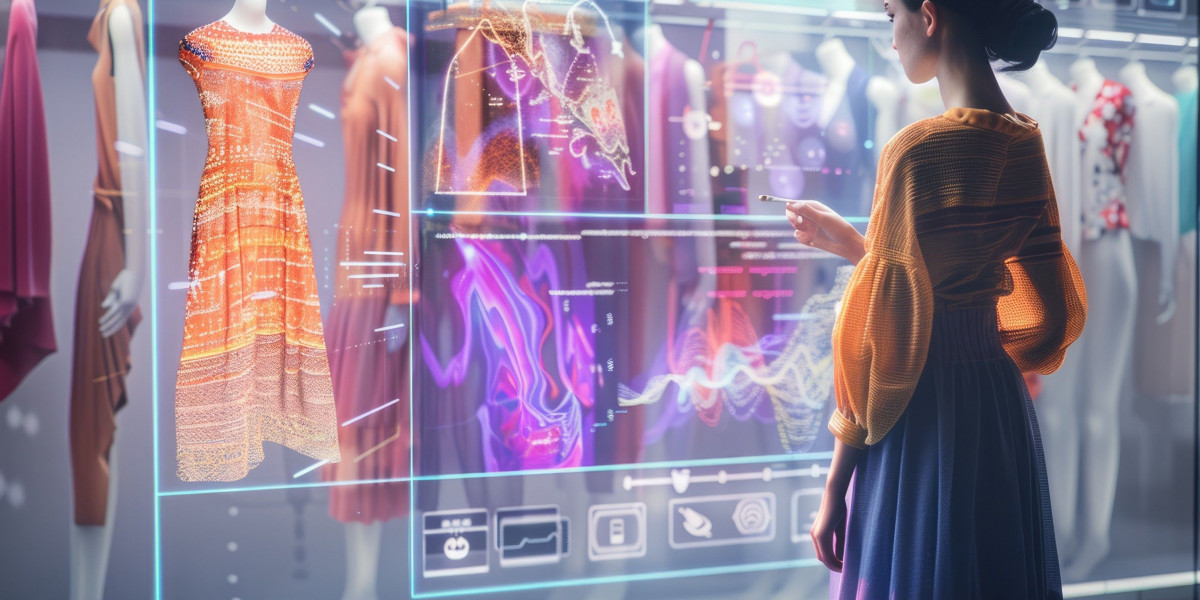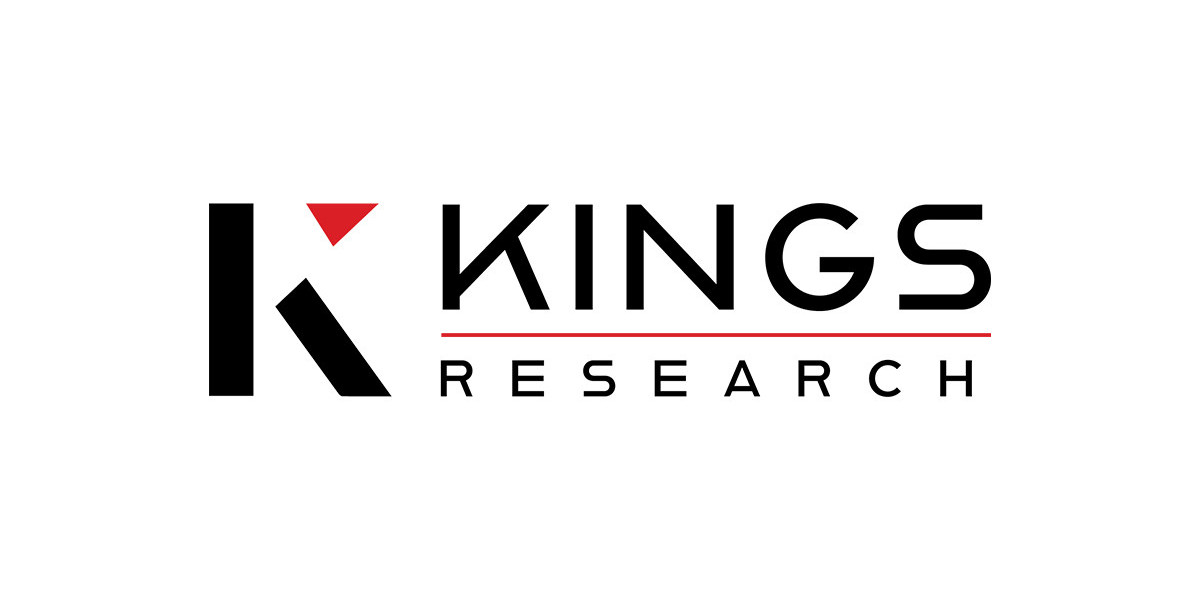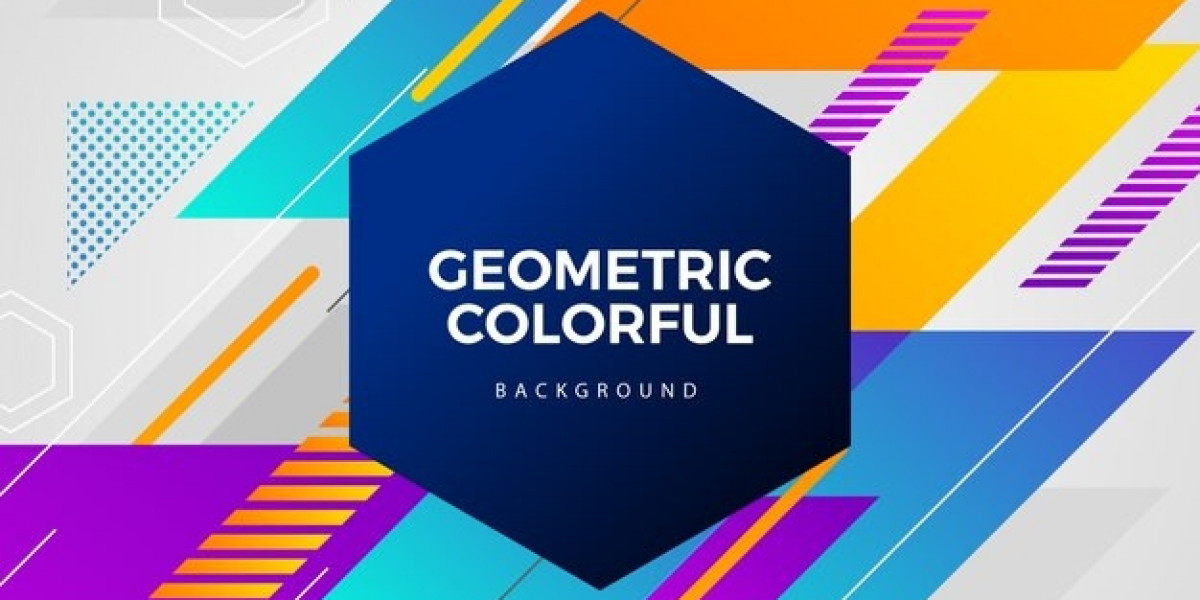The fashion world is undergoing a transformation driven by the clash—and collaboration—between artificial intelligence and traditional human stylists. As technology advances, American shoppers and brands face a compelling question: AI vs human stylists—which offers the best experience? AI delivers lightning-fast processing, data-driven insights, and scalability, while human stylists bring empathy, creativity, and nuanced personal connection. In reality, the debate isn’t about replacing one with the other; it’s about how each approach complements the other to create a truly elevated, personalized style journey. This blog dives into the advantages of both AI vs human stylists, examines real-world use cases, and looks ahead to a future where hybrid styling is the new norm.
The Rise of AI Stylists
AI stylists have emerged as powerful tools in the digital fashion landscape, harnessing vast amounts of data to deliver customized outfit suggestions at unprecedented speed.
Speed & Scale
One of the most significant advantages of AI vs human stylists is speed. Traditional human stylists may require 20 minutes or more to research trends, sift through catalogs, and assemble an outfit. By contrast, AI systems can process millions of images, trend reports, and user preferences in seconds. An AI model ingests your browsing history, past purchases, body measurements, and even your spending habits to generate stylist-quality looks instantly. This rapid turnaround means that consumers can see dozens of curated outfits without leaving their screens, making AI an indispensable asset in high-volume e-commerce environments.
Data-Driven Personalization
Beyond speed, AI stylists excel at personalization through data analysis. AI vs human stylists in this context means comparing computational precision with human intuition. AI platforms leverage machine learning algorithms trained on comprehensive datasets—ranging from product imagery and runway snapshots to social-media sentiment and seasonal forecasts. By identifying patterns in color palettes you favor, cuts that flatter your body type, and price ranges you prefer, AI delivers recommendations that evolve with your tastes. Over time, continuous feedback—likes, dislikes, purchases, and returns—refines the AI’s understanding, ensuring each suggestion aligns more closely with your unique style profile.
The Art of Human Stylists
While technology offers remarkable advantages, human stylists remain essential for bringing emotional intelligence and creative ingenuity to the table.
Empathy & Emotional Intelligence
A defining strength of human stylists lies in empathy. Unlike algorithms, human experts pick up on subtle, nonverbal cues—your tone of voice, hesitation over a pattern, or excitement about a bold hue. They build rapport, listen to personal anecdotes, and translate those insights into style recommendations that resonate on a deeper level. When you describe an upcoming job interview or a milestone celebration, a human stylist uses emotional intelligence to craft an outfit that not only looks good but also boosts your confidence and reflects your personality.
Creative Flair & Trend Insight
Creativity is another domain where AI vs human stylists tilts in favor of the latter. Human stylists draw on cultural knowledge, art movements, and street-style observations to generate innovative, one-of-a-kind looks. They can mix unexpected textures, layer accessories in fresh ways, and experiment with emerging trends before they reach mainstream awareness. This creative spark enables human stylists to craft bespoke ensembles that feel unique, memorable, and perfectly aligned with a client’s vision.
Real-World Collaborations in AI vs Human Stylists
Many brands adopt a hybrid model that leverages AI vs human stylists to deliver an optimal experience—speed and scale from AI, plus a human’s personal touch.
Myntra’s Hybrid Model: The Indian e-commerce giant uses AI to generate an initial selection of outfits based on user data and trend analysis. These AI-curated picks are then reviewed by a team of human stylists, who refine the selections, adjust for fit and fabric nuances, and personalize the final recommendations. This approach combines rapid data processing with expert oversight, ensuring every outfit feels customized and accurate.
YesPlz AI Stylist: This platform employs a “fashion transformer” AI that processes thousands of products and real-time trend data to deliver conversational style advice. Users interact via chat, receiving instant suggestions that mimic the experience of texting a stylist friend. Yet for high-stakes events or unique style dilemmas, YesPlz offers follow-up sessions with human experts, blending the best of both worlds.
Glance AI:
In the AI vs human stylists debate, Glance doesn’t replace—it enhances. Think of it as your style co-pilot: blending the creativity of a stylist with the speed, personalization, and real-time awareness only AI can offer.
By combining AI’s analytical horsepower and human stylists’ emotional insight, these hybrid platforms elevate the overall styling journey. Consumers benefit from rapid recommendations while retaining the option for human validation and creative flair.
Consumer Impact & Experience
Ultimately, the debate around AI vs human stylists centers on consumer experience. How do shoppers perceive and benefit from each approach?
Faster, Personalized Service
AI stylists accelerate the discovery process. Instead of scrolling endlessly through product feeds, consumers receive styled looks in seconds. This immediacy caters to modern lifestyles, where time is at a premium. However, speed alone isn’t enough; personalization ensures those rapid suggestions resonate. AI’s capacity to learn from detailed user metrics—preferred brands, color biases, and wardrobe gaps—means recommendations feel tailored rather than generic.
Human stylists, on the other hand, deepen satisfaction by providing context-aware guidance. When AI suggests a monochrome ensemble for a formal event, a stylist might add a pop of color or an unexpected accessory based on personal taste. This collaborative interplay gives users confidence in their choices, fostering loyalty and repeat engagement.
Confidence & Convenience
Hybrid styling models often lead to reduced return rates, as precision targeting and expert oversight minimize fit and style mismatches. Consumers enjoy the convenience of AI’s speed and the reassurance of human validation. The result is a streamlined shopping journey that feels both effortless and comfortable. Shoppers report higher confidence in their purchases and a willingness to explore bolder styles, knowing they have both data-backed insights and human support guiding their selections.
Industry Trends & Future Outlook
As the fashion industry evolves, the convergence of AI vs human stylists will shape emerging trends and consumer expectations.
Growth of Hybrid Platforms: Brands increasingly adopt a dual-model approach, recognizing that AI’s efficiency and human expertise are not mutually exclusive. These platforms scale personalization to millions while preserving human curation for premium experiences.
Augmented Reality Fitting Rooms: AR technology will allow consumers to virtually try on AI-curated outfits in real time, blending the digital convenience of AI with the experiential depth of in-store fittings. Human stylists may coach users via video chat, creating interactive, personalized fitting sessions.
Voice-Driven Style Prompts: Natural language processing will enable shoppers to describe mood, occasion, or environment—“I feel adventurous today” or “I need something for a beach wedding”—and receive AI-generated looks that human stylists can refine further.
Live Commerce Integration: Streaming platforms will feature live styling events where AI recommends trending pieces and human hosts discuss fit, fabric, and versatility. Shoppers can purchase in-stream, enjoying a seamless blend of algorithmic suggestions and human commentary.
Democratization of Personal Styling: As costs decrease and technology becomes more accessible, personalized styling will no longer be a luxury. AI vs human stylists hybrids will offer tiered services, from free AI-only suggestions for everyday needs to premium human-enhanced consultations for special occasions.
These trends point toward a future where AI and human stylists not only coexist but coevolve—each enhancing the other’s capabilities to meet evolving consumer demands.
Conclusion
The AI vs human stylists debate isn’t a competition—it’s a collaboration. AI offers speed and precision, while human stylists bring empathy and creativity. Together, they create a powerful hybrid that delivers fast, personalized style with a human touch.
In this fashion face-off, everyone wins. Consumers gain confidence, brands boost efficiency, and stylists enhance their impact. Try a hybrid styling service and experience how tech and talent combine to elevate your style.









